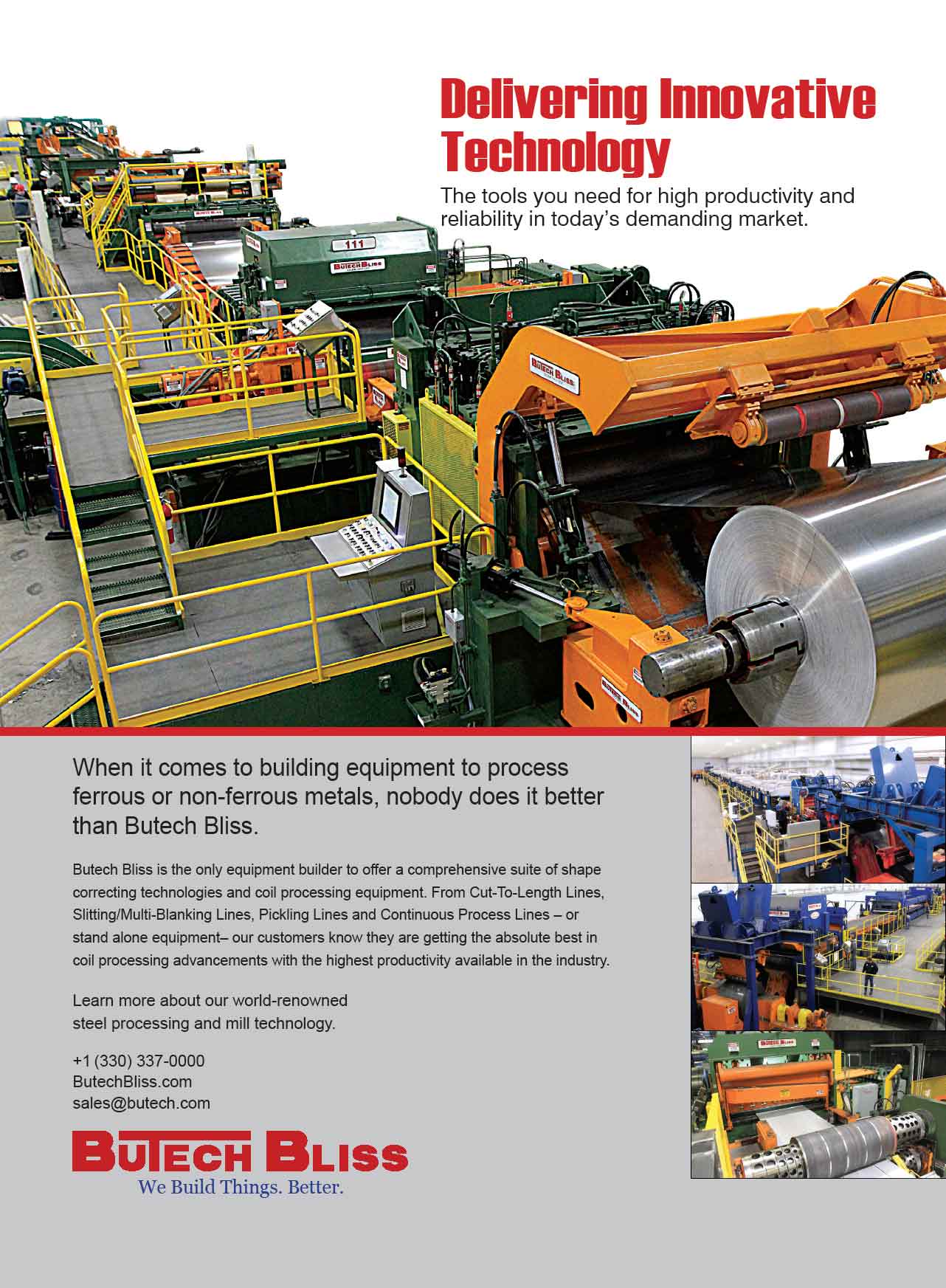
he Federal Reserve Bank, in its economic conditions report released June 2, noted increases in business spending generally and a rise in manufacturing orders, backlogs, shipments and materials prices. However, inventories for a host of industrial and consumer goods remain low.
The Chicago district, for example, reported that new light vehicle inventory levels fell to very low levels. One dealer reported that its stocks were at 33 percent of normal and that automakers indicated the situation wouldn’t improve until August at the earliest. Many manufacturing contacts said inventories were below comfortable levels.
Survey respondents mentioned that supply chain issues had worsened, particularly for raw materials, and many reported ongoing shipping delays, both from overseas and domestic sources.
Companies expected to increase capital spending moderately over the next 12 months, but several contacts said that long wait times for equipment were holding back spending.
Steel output in the Chicago district rose to meet growing demand from manufacturers, builders and the energy sector.
Survey participants noted that prices for copper, steel, aluminum and metal parts were noticeably higher, but most have been able to raise prices, passing these higher costs on to customers.
In the Kansas City district, manufacturing activity expanded “robustly” since the last survey as production and new orders increased strongly for durable goods producers. Almost two-thirds of respondents indicated that new orders were either at or above pre-pandemic levels.
Manufacturers in the Dallas district cited large back orders and a lack of capacity to keep up with strong demand. Those noting slower activity said supply chain issues combined with inventory or raw materials shortages led to slowdowns in production schedules.
 New orders are either at or above pre-pandemic levels.
New orders are either at or above pre-pandemic levels. 
In the New York district, manufacturing activity continues to grow but is hampered by widespread supply disruptions and delays at ports and in trucking.
Cleveland district industrial companies say their own output, although improving, was constrained by shortages of hourly wage workers, extended lead times for inputs and depleted inventories. Capacity utilization rates among manufacturers ranged from normal to above normal.
Manufacturing activity surged among St. Louis district manufacturers, compared with early spring. The majority of respondents expect strong increases in production, capacity utilization and new orders in the third quarter, but remain pessimistic about supply chain disruptions in the next few quarters.
Here’s hoping the kinks get worked out and everyone is delivering their goods on time within a few months.
